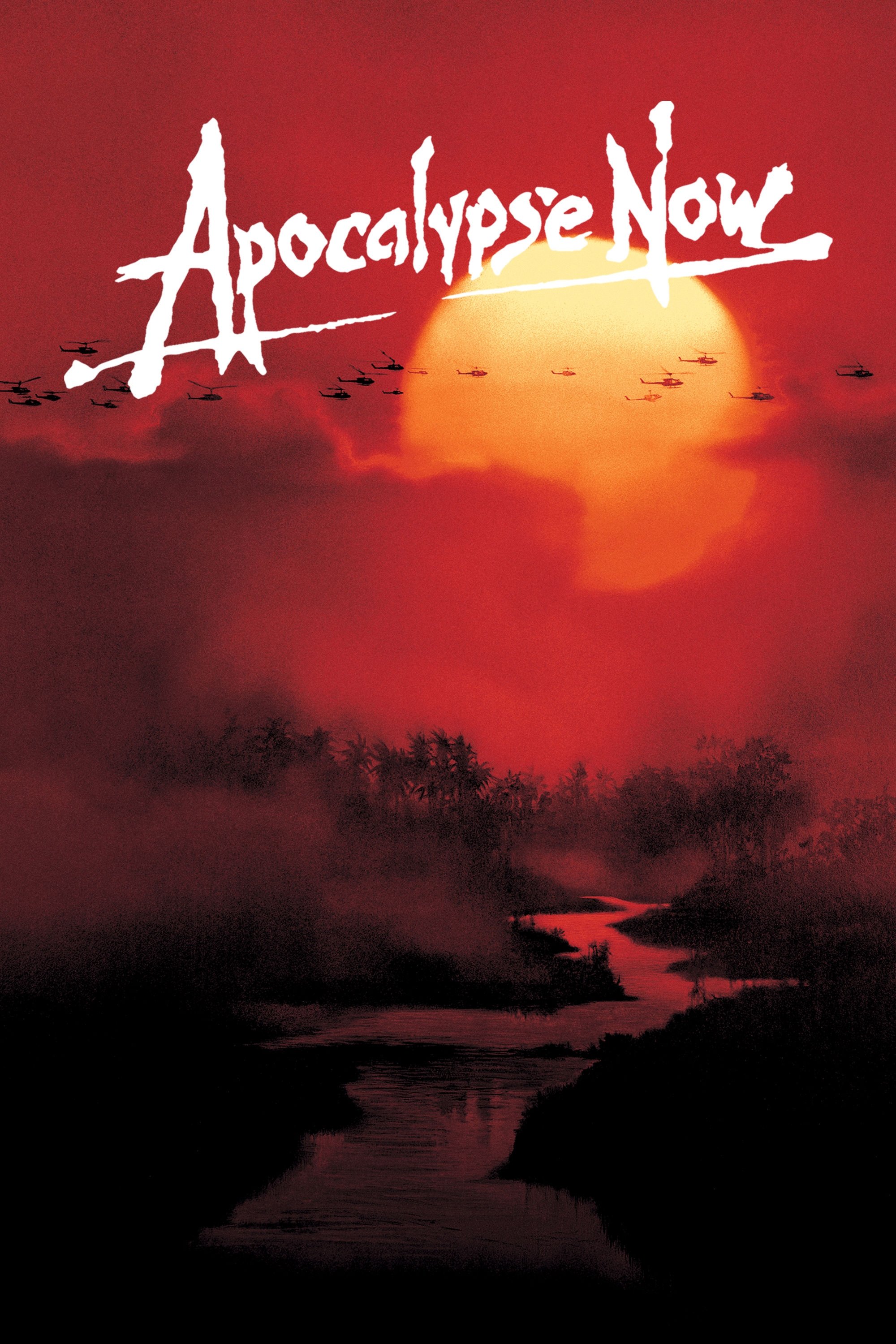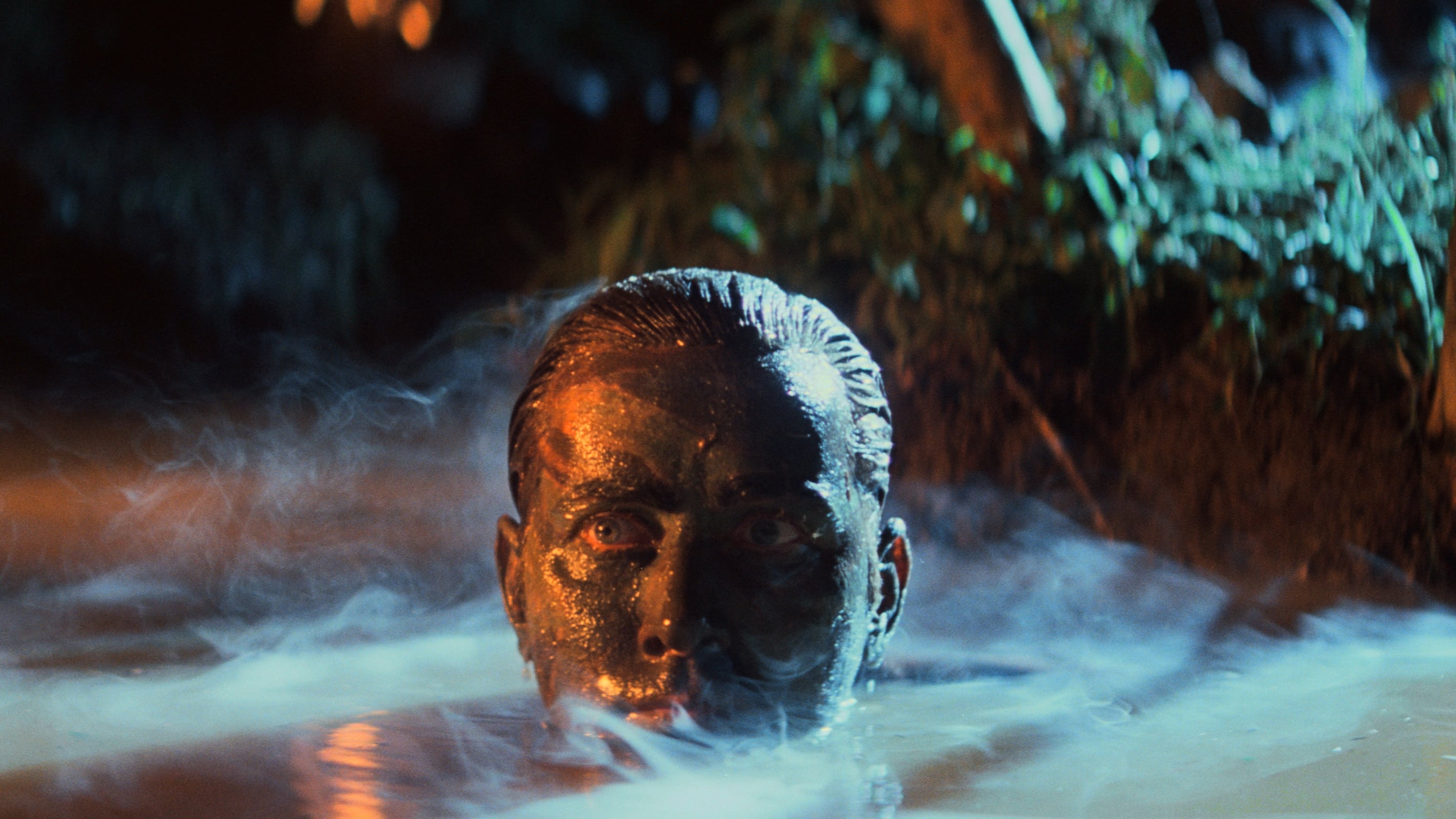Beyond the Horror: Apocalypse Now's Enduring Power
Francis Ford Coppola's Apocalypse Now (1979) isn't just a war film; it's a descent into madness, a fever dream rendered in breathtakingly visceral imagery and punctuated by moments of unsettling beauty. While its narrative might seem straightforward – Captain Willard's mission to assassinate the rogue Colonel Kurtz – the film's power lies not in its plot, but in its atmosphere, its exploration of the human psyche fractured by war, and its unsettlingly prescient commentary on the nature of power.
This isn't your typical review regurgitating plot points. We'll delve deeper, exploring the unique aspects that elevate Apocalypse Now from a great film to a cinematic experience that continues to haunt and inspire decades later.
The Symphony of Chaos: Sound and Vision
Coppola masterfully orchestrates a symphony of chaos. The film's soundscape, a cacophony of helicopter blades, jungle sounds, and Wagnerian opera, is as much a character as Willard himself. It permeates every scene, constantly unsettling the viewer, mirroring the disorientation and psychological warfare inherent in the Vietnam experience. This isn't just background noise; it's a visceral representation of the pervasive anxiety and violence.
Visually, the film is stunning. From the meticulously crafted set pieces – the meticulously detailed American bases juxtaposed against the lush, yet menacing, Vietnamese jungle – to the hallucinatory sequences, Apocalypse Now is a feast for the eyes, even as it assaults the senses. The infamous napalm attack, for instance, is a breathtaking display of horrific beauty, highlighting the paradoxical nature of war. The film's use of light and shadow, often creating stark contrasts between the civilized and the savage, further enhances this unsettling duality.
Kurtz: The Archetype of Power Corrupted
Marlon Brando's portrayal of Colonel Kurtz is legendary, not just for its iconic status, but for its ambiguity. Kurtz isn't simply a villain; he's a complex figure, a representation of the seductive nature of absolute power and the intoxicating allure of transcending societal constraints. His descent into primal savagery mirrors the unraveling of the American war effort itself, suggesting that the very ideals the soldiers are fighting for might be as corrupt as the enemy they face. This is a far cry from a simple good versus evil narrative.
Beyond the Vietnam War: A Timeless Allegory
While undeniably a film about the Vietnam War, Apocalypse Now transcends its historical context. The film's themes of moral ambiguity, the dehumanizing effects of war, and the corrupting influence of power resonate far beyond the specific conflict. It acts as a chilling allegory for any war, any struggle for power, any situation where the lines between right and wrong blur into an indistinguishable haze.
The Unfinished Masterpiece: A Testament to the Process
The film's troubled production, fraught with typhoons, illness, and creative differences, is almost as legendary as the film itself. This turbulent journey is reflected in the film's fragmented structure and hallucinatory sequences, adding another layer to its unsettling power. The unfinished feel, far from being a detriment, contributes to the sense of chaos and disorientation that permeates the entire narrative. It's a testament to Coppola's unwavering vision and his willingness to embrace the unpredictable.
In conclusion, Apocalypse Now is more than just a war film. It’s a cinematic experience that demands repeated viewings to fully grasp its complex layers and enduring power. It's a film that stays with you long after the credits roll, a haunting reminder of the darkness that lurks within humanity, and the devastating consequences of unchecked power.


